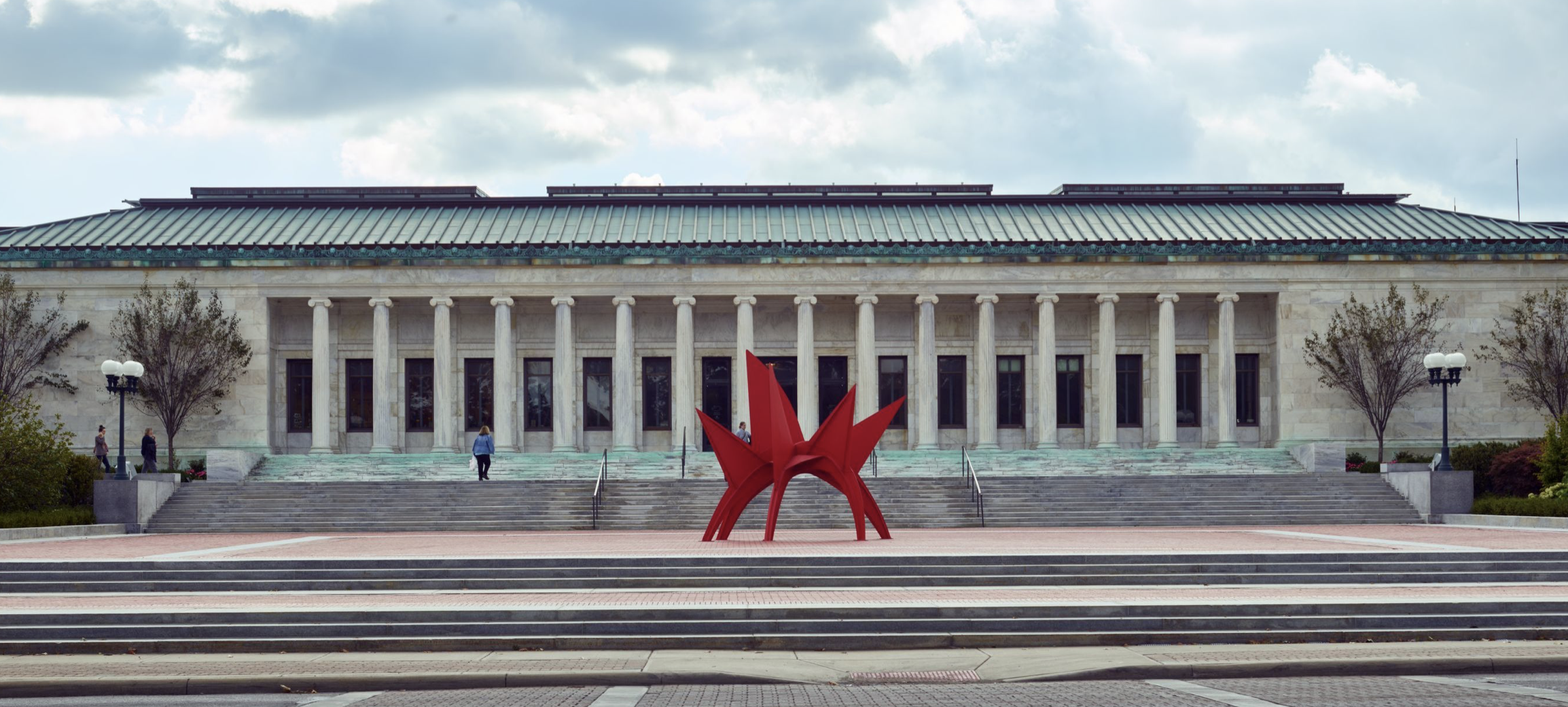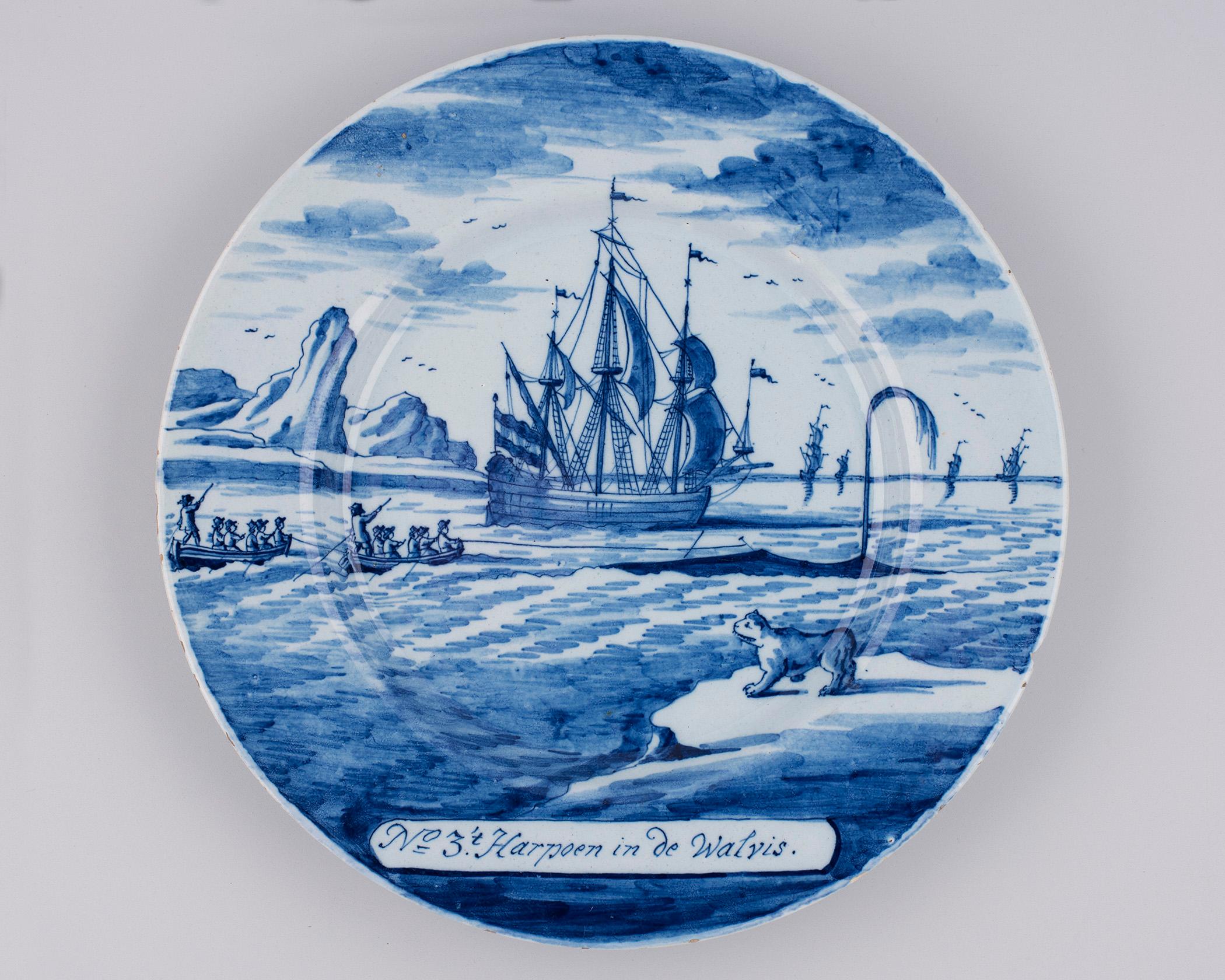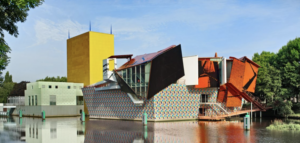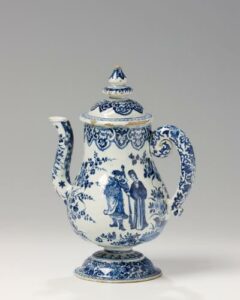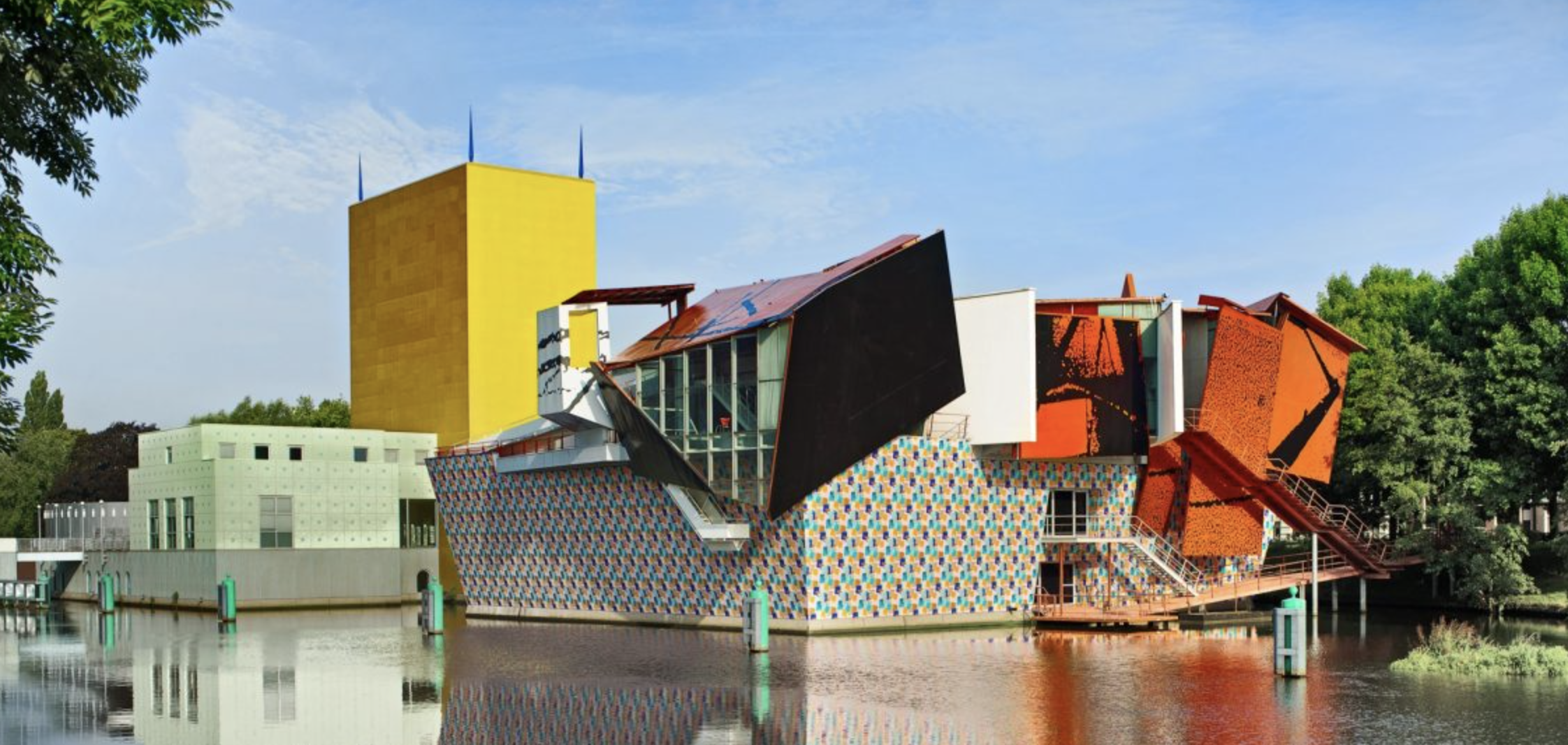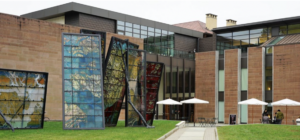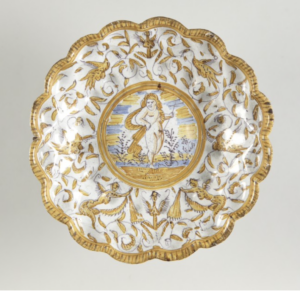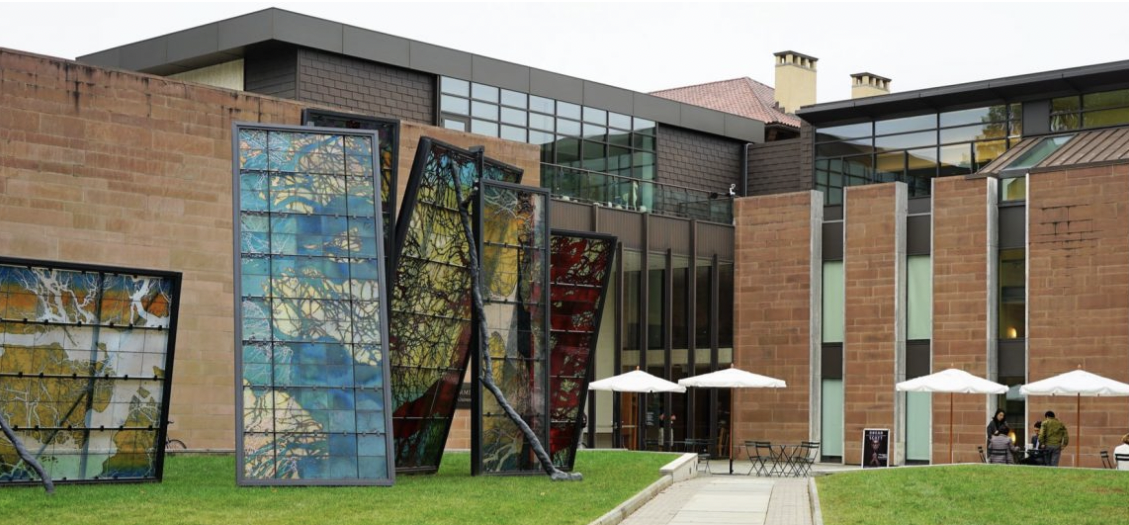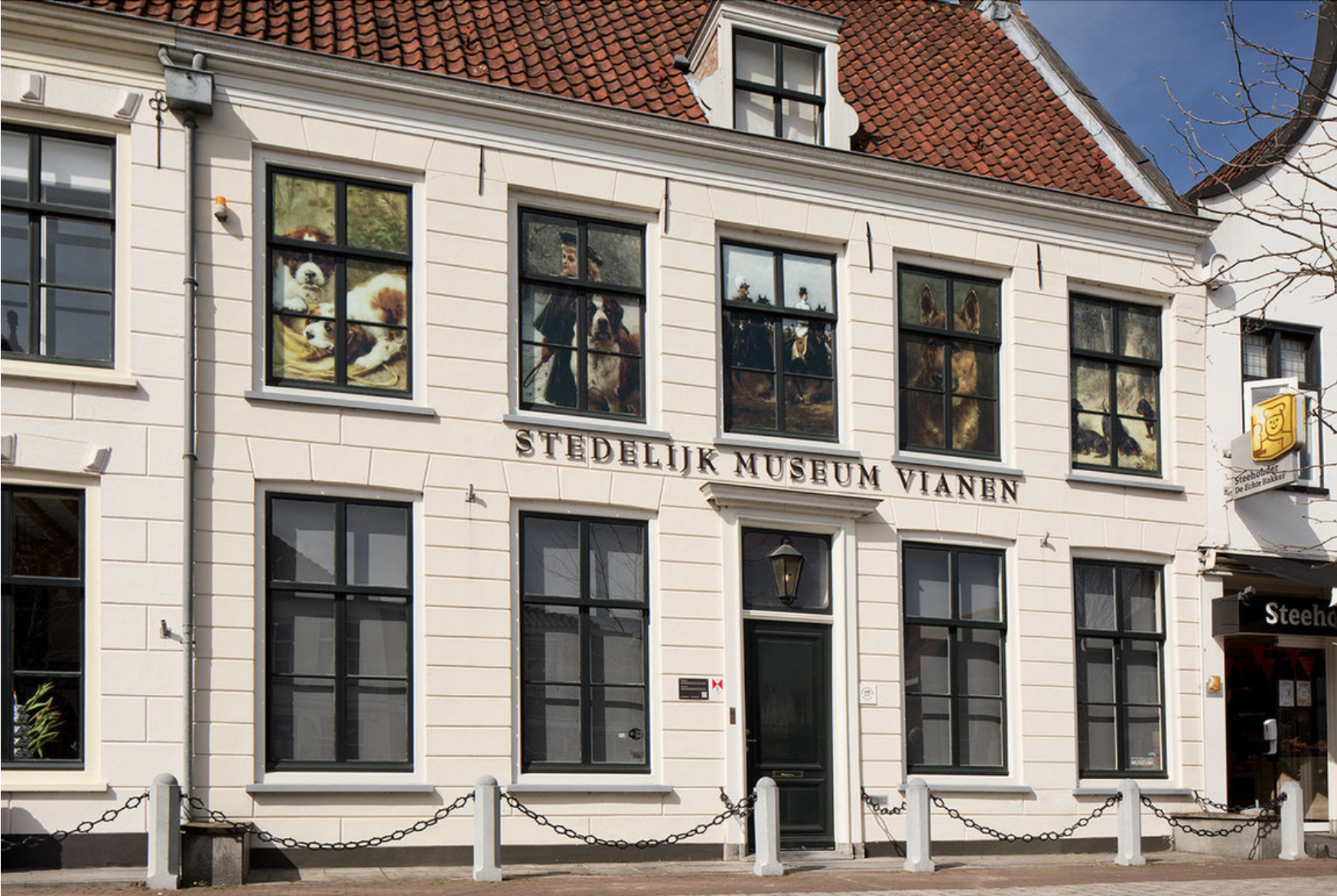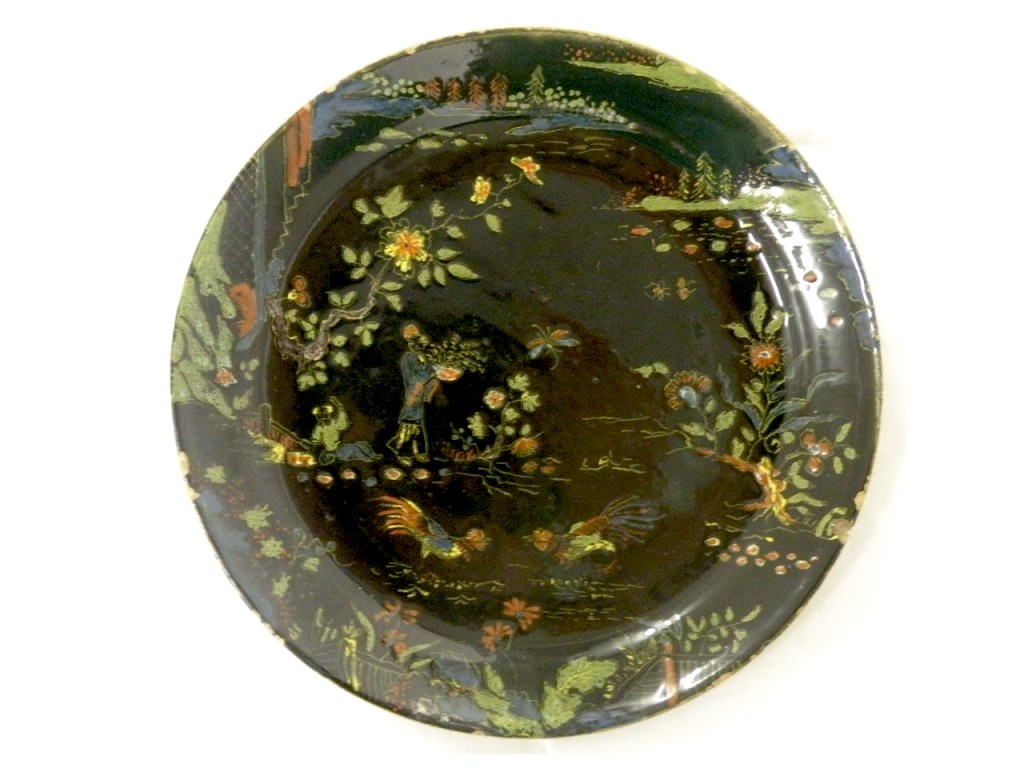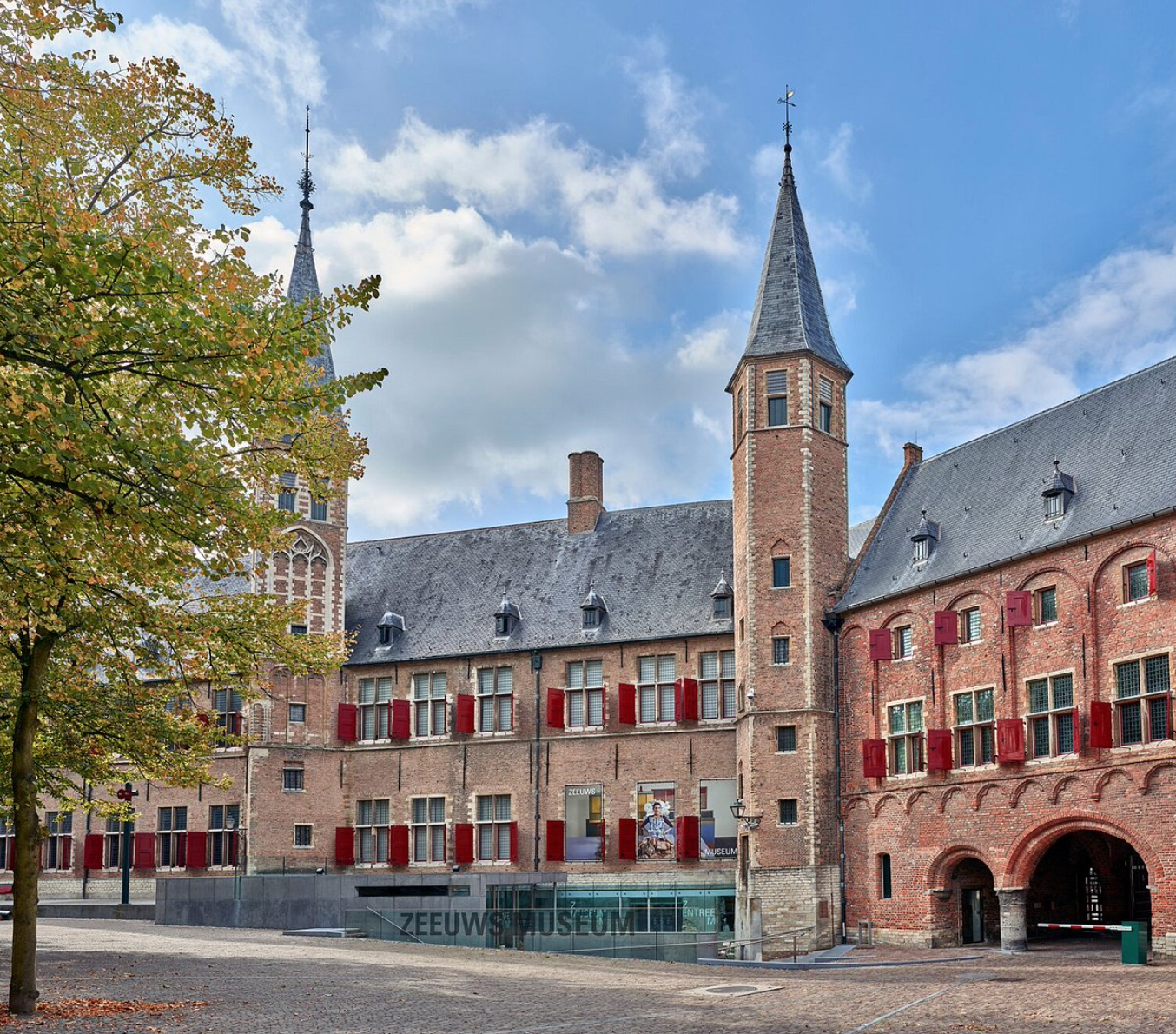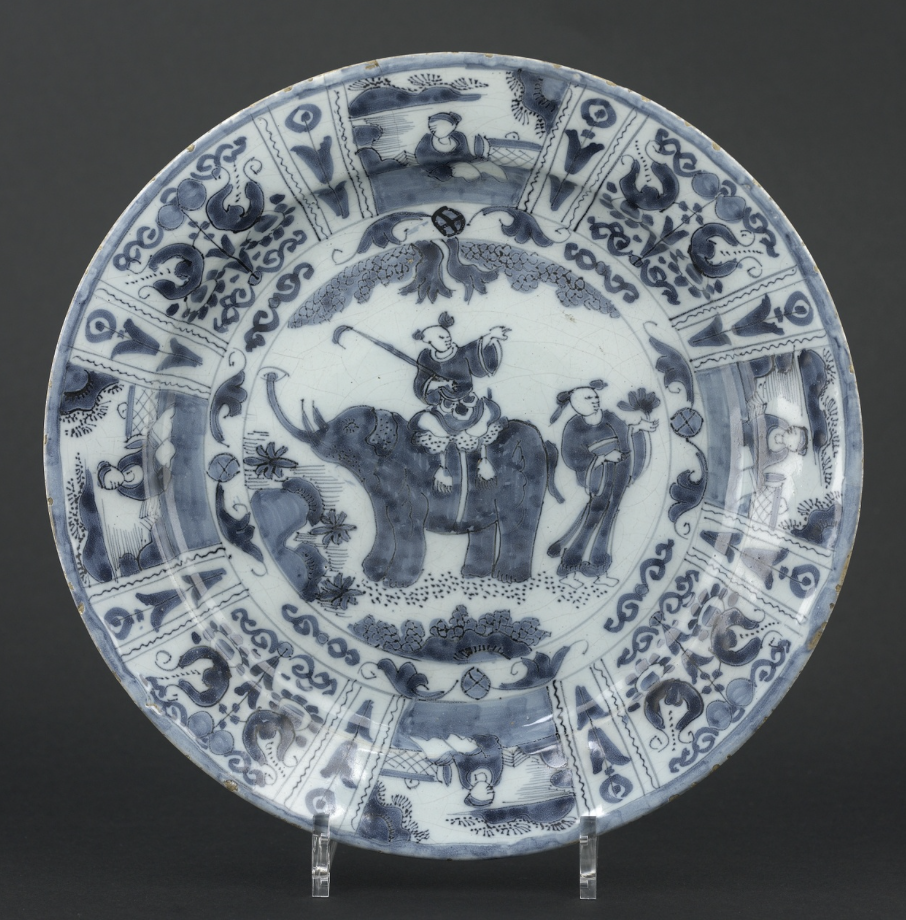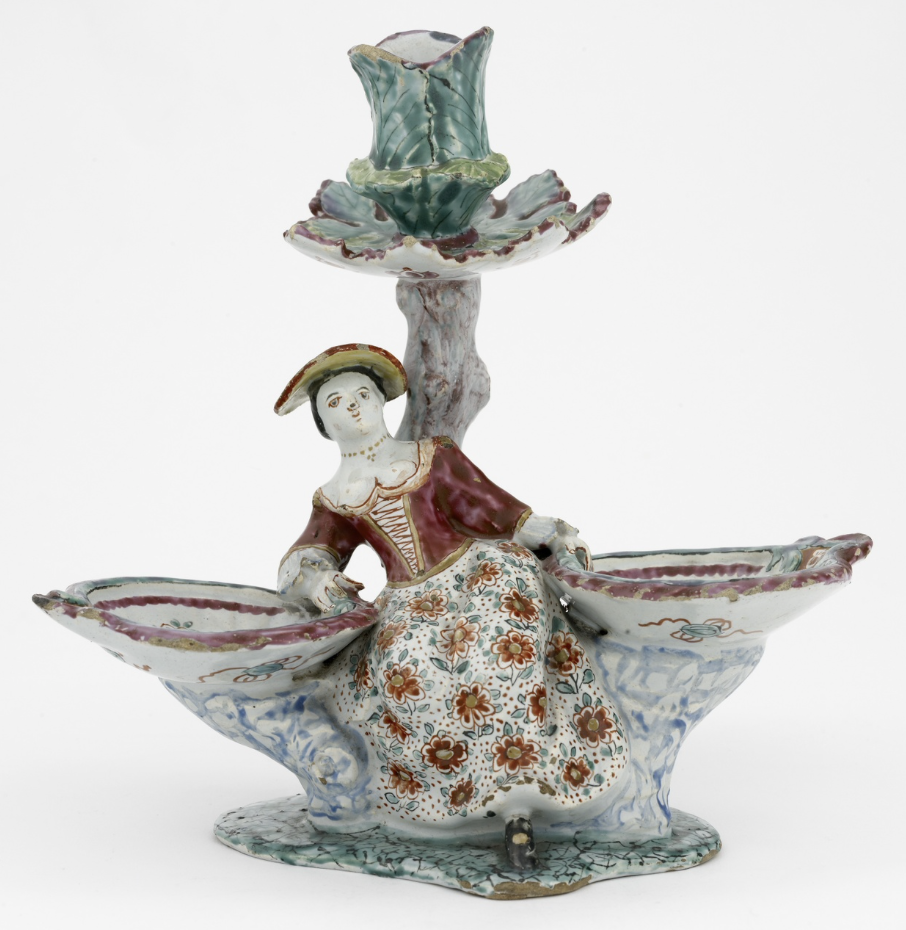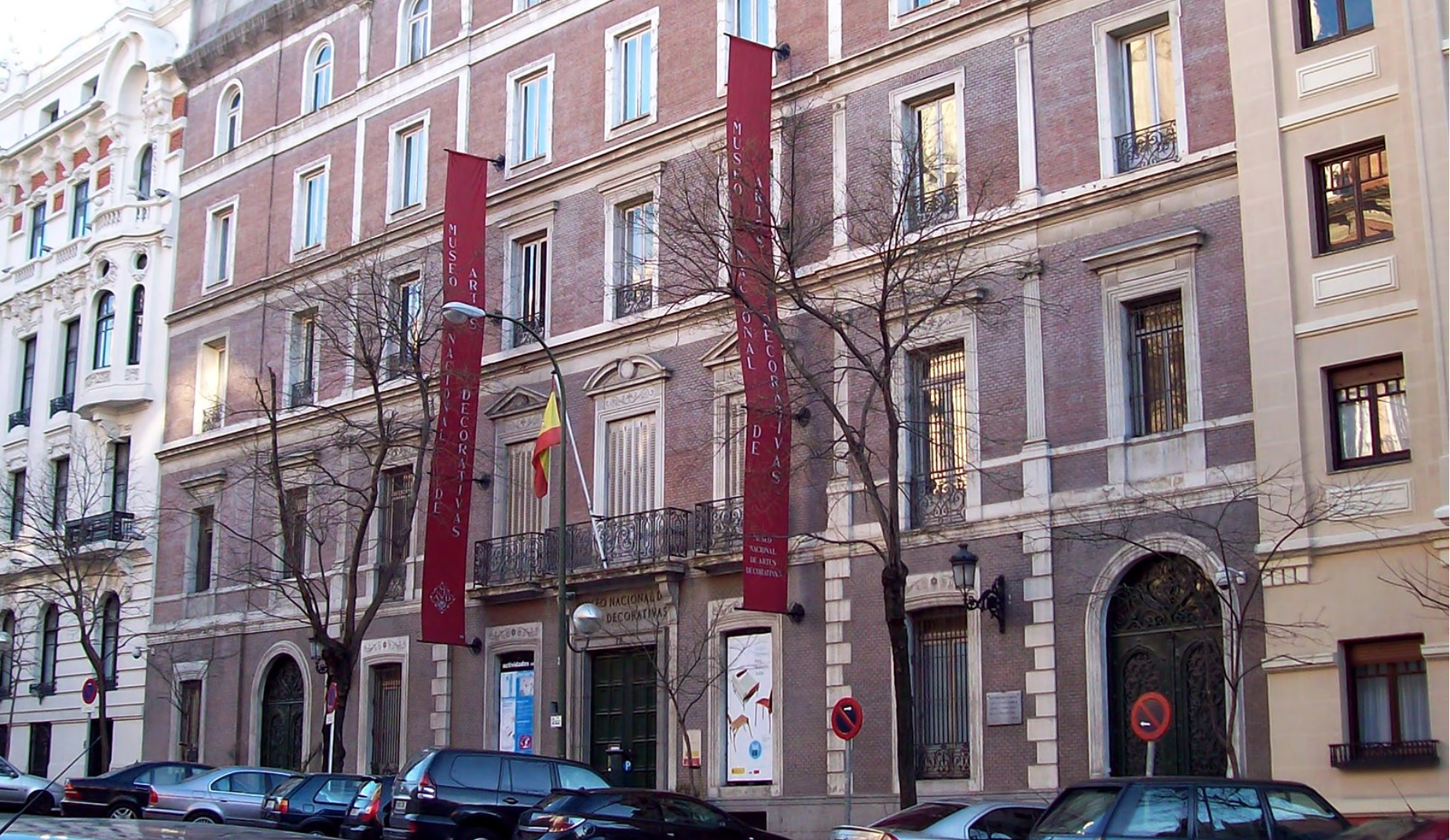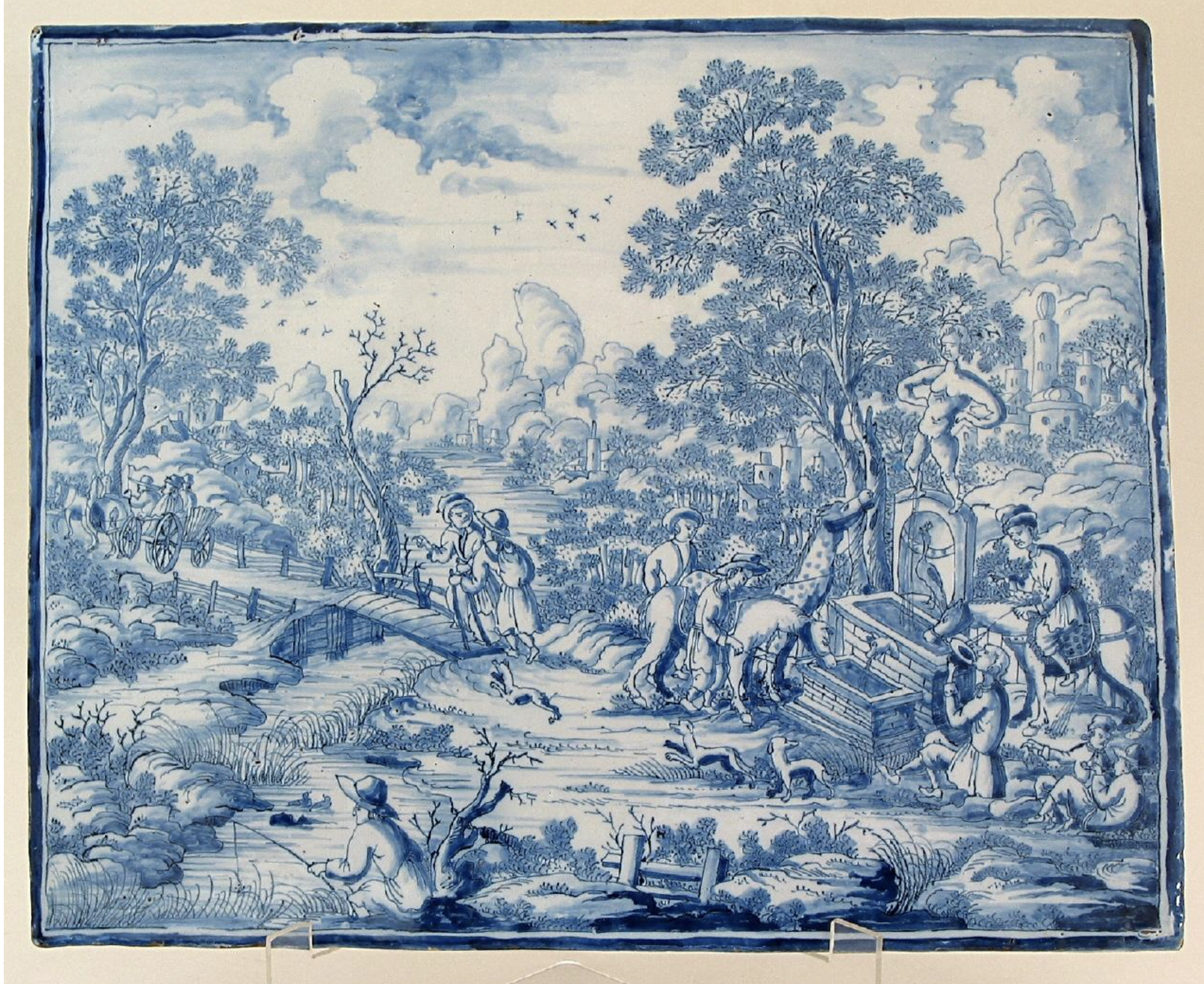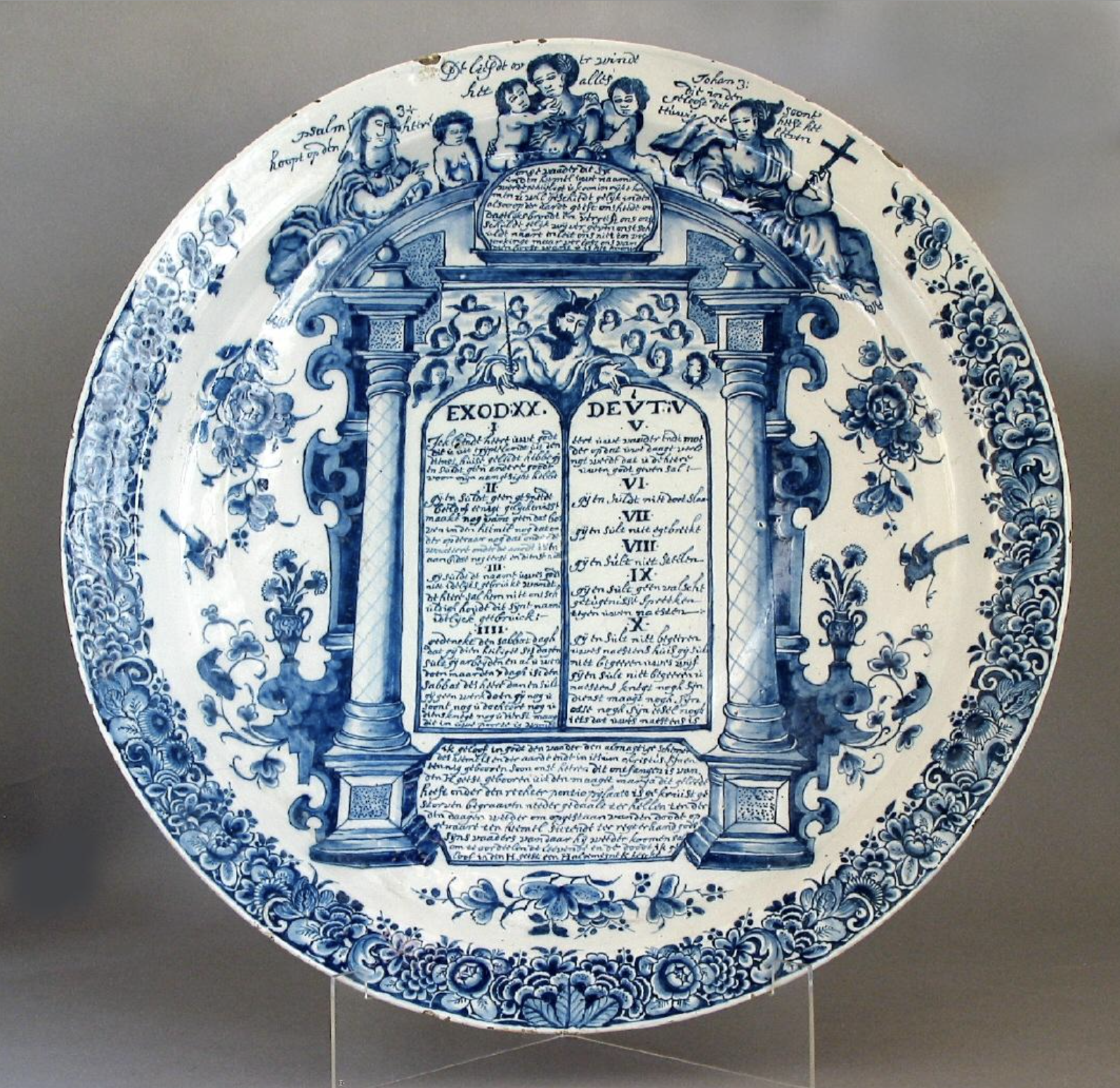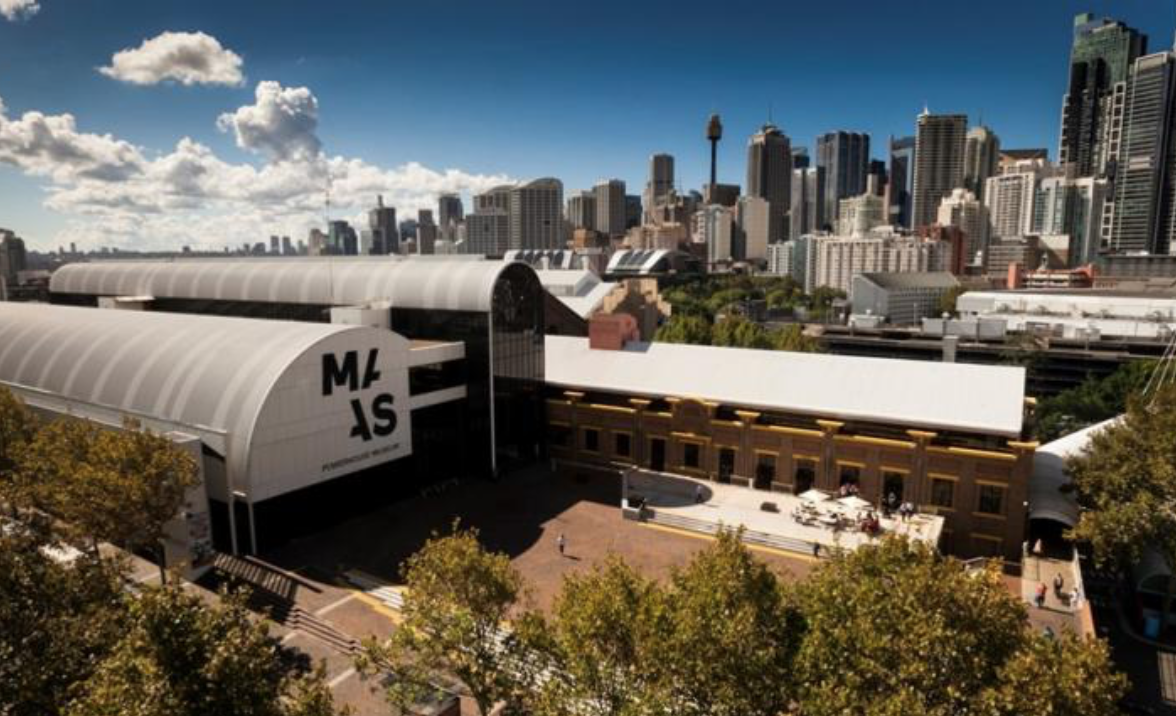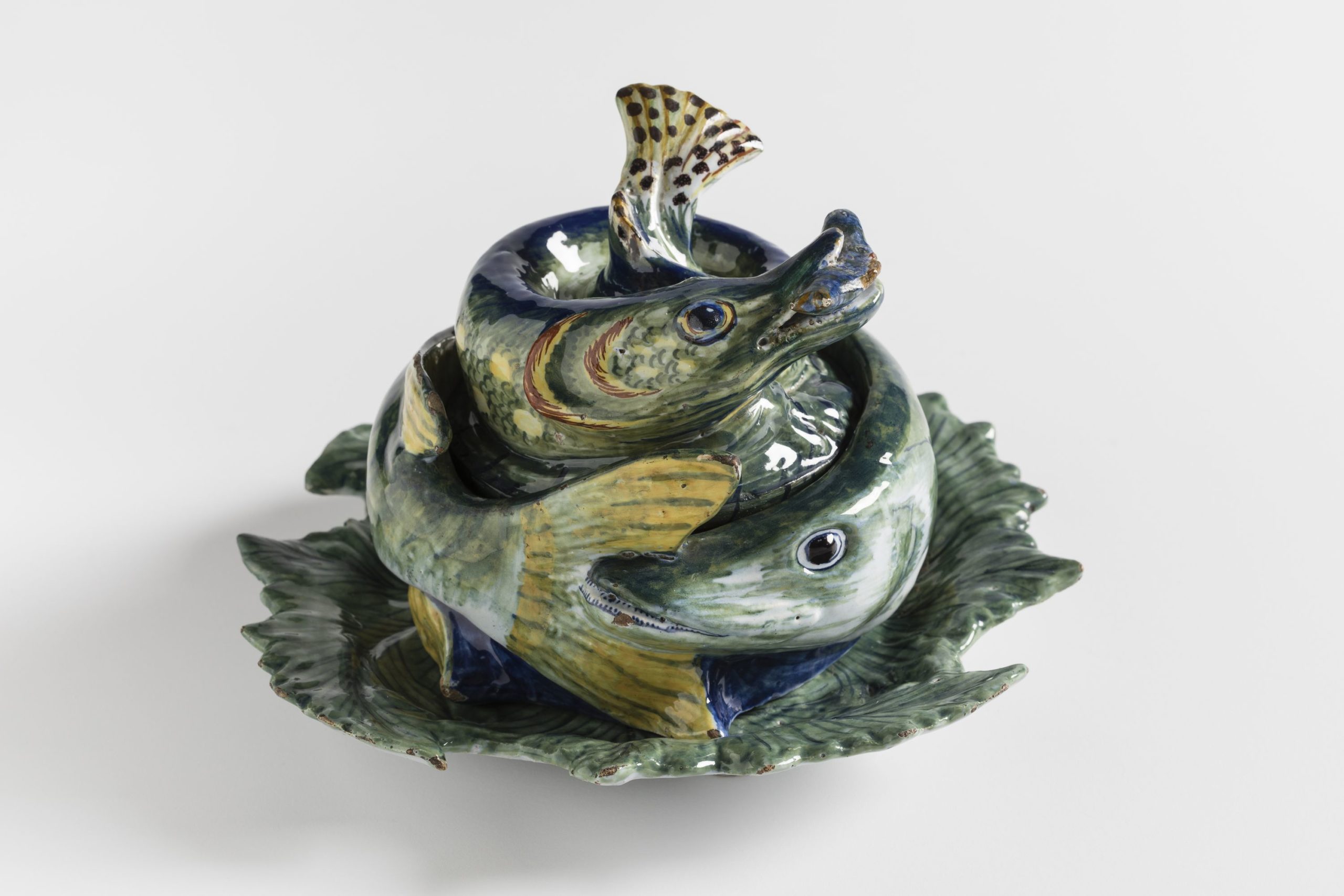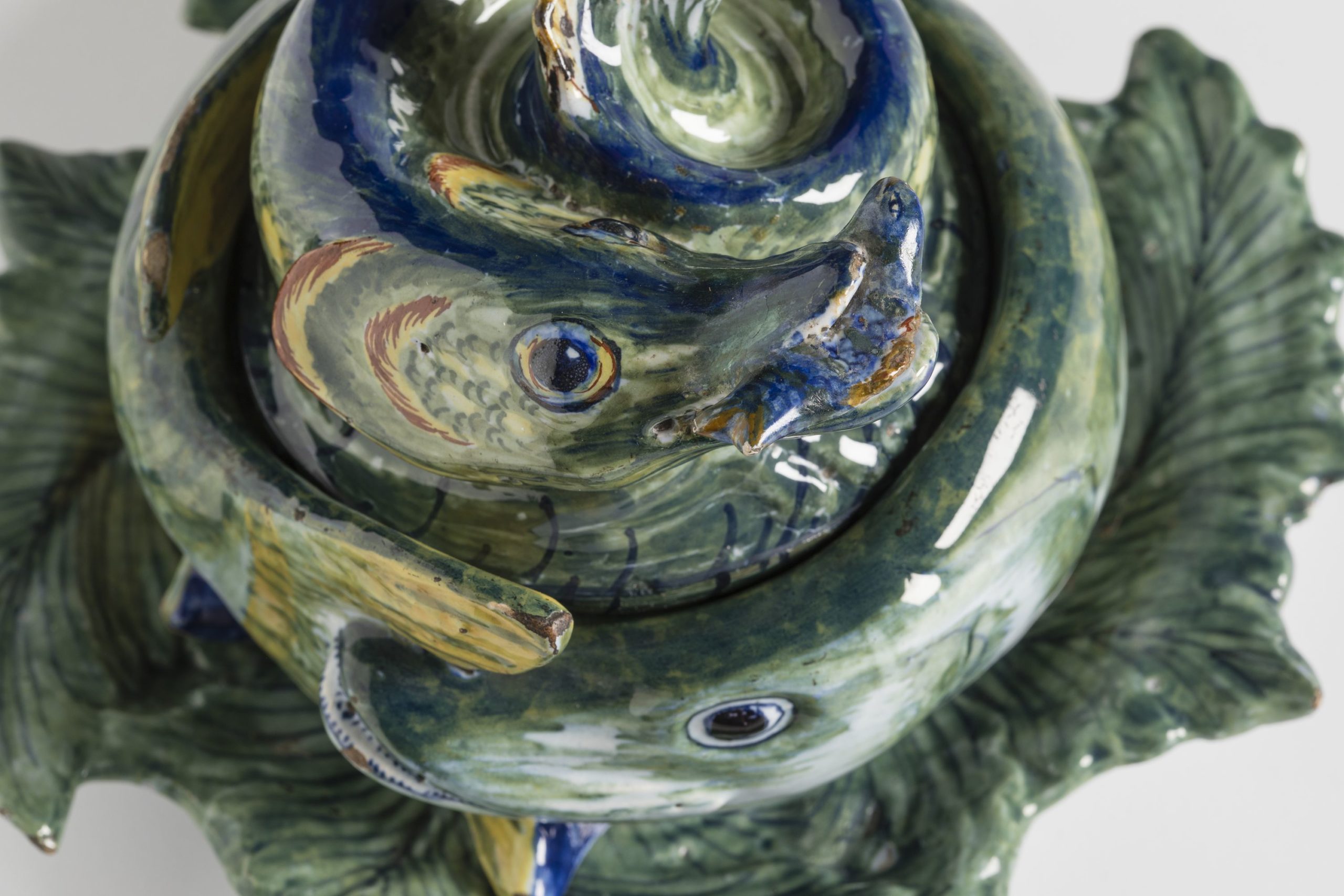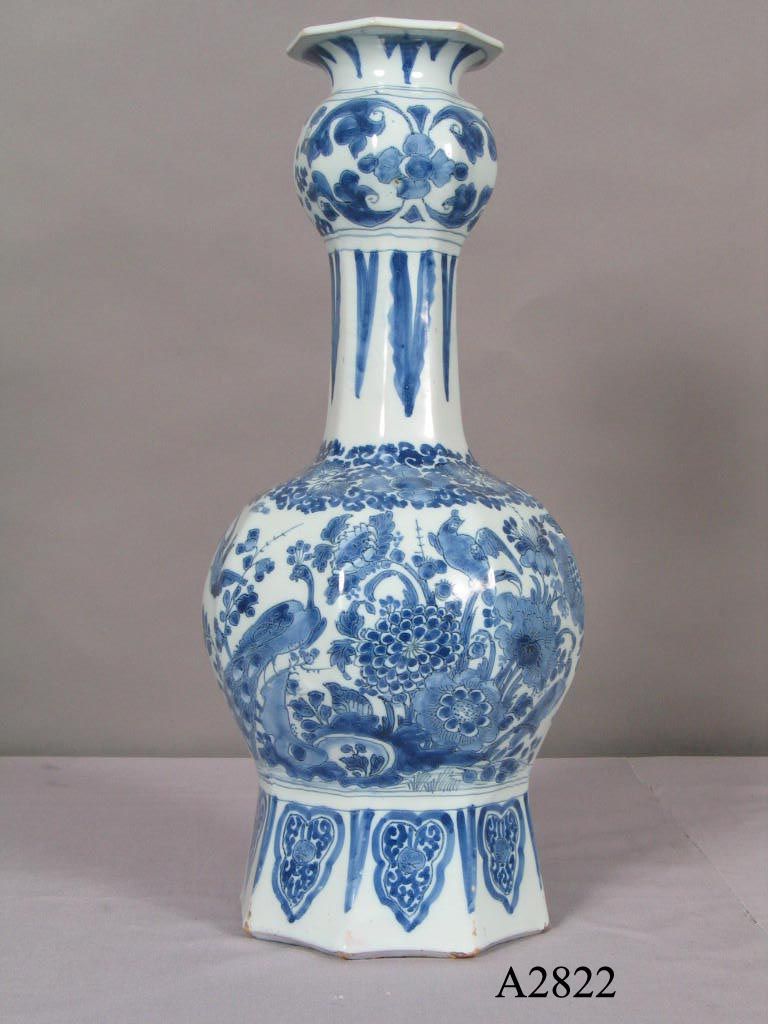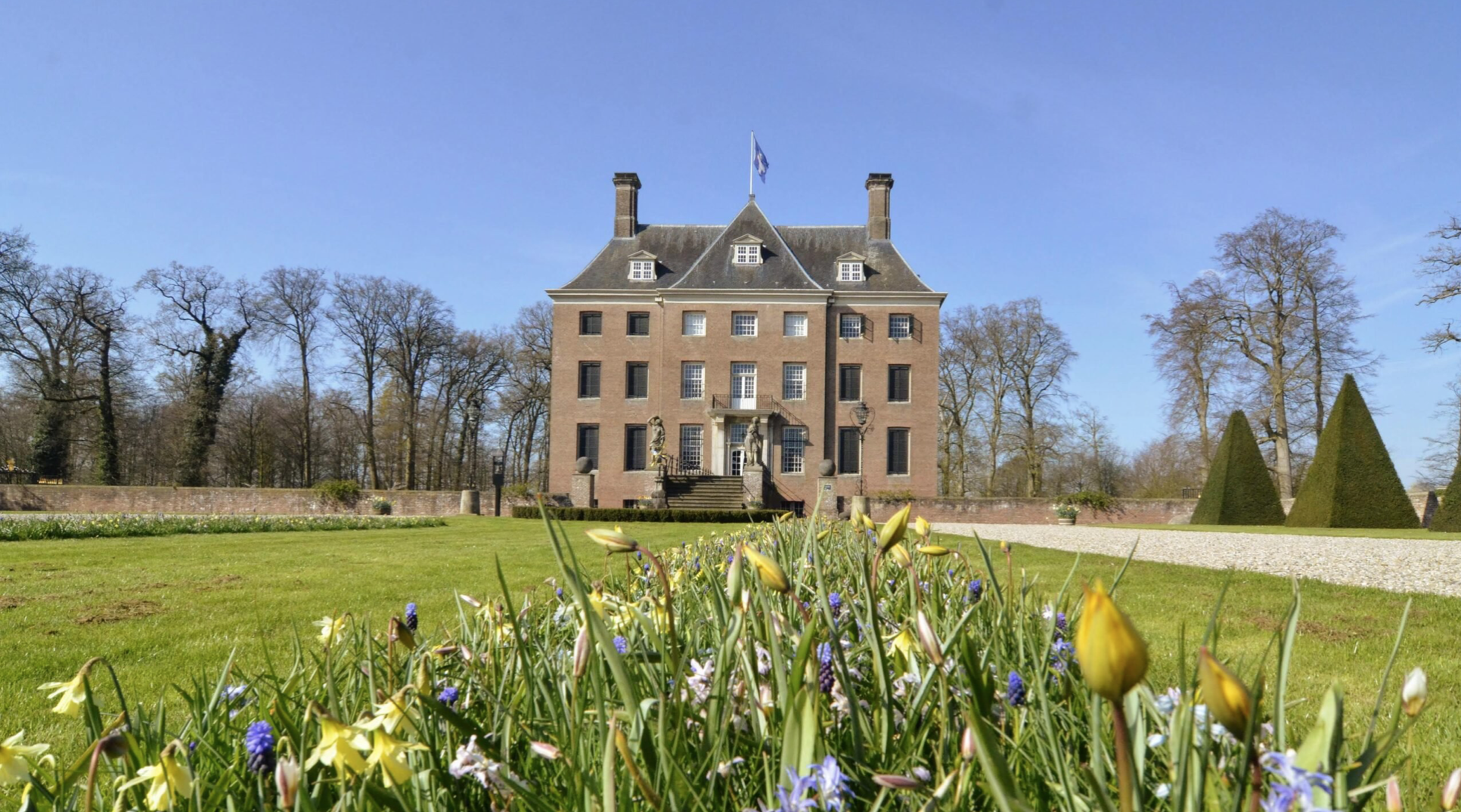
Amerongen Castle is one of the great Dutch houses from the seventeenth century, with the house, garden, and furnishings almost entirely intact. The house and adjoining historical gardens are located in the picturesque village of Amerongen at the foot of the Utrecht Hills in the Netherlands. Amerongen Castle has a rich family history, going back 700 years. The owners played an important role in the national and European history.
The history of Amerongen Castle officially began in 1286. During the early years, the castle was destroyed and rebuilt several times. In 1557 the house was sold to Goert van Reede (1516-1585). A new era began for the house in 1641, when Goert’s son, Godard Adriaan van Reede took possession of the house.
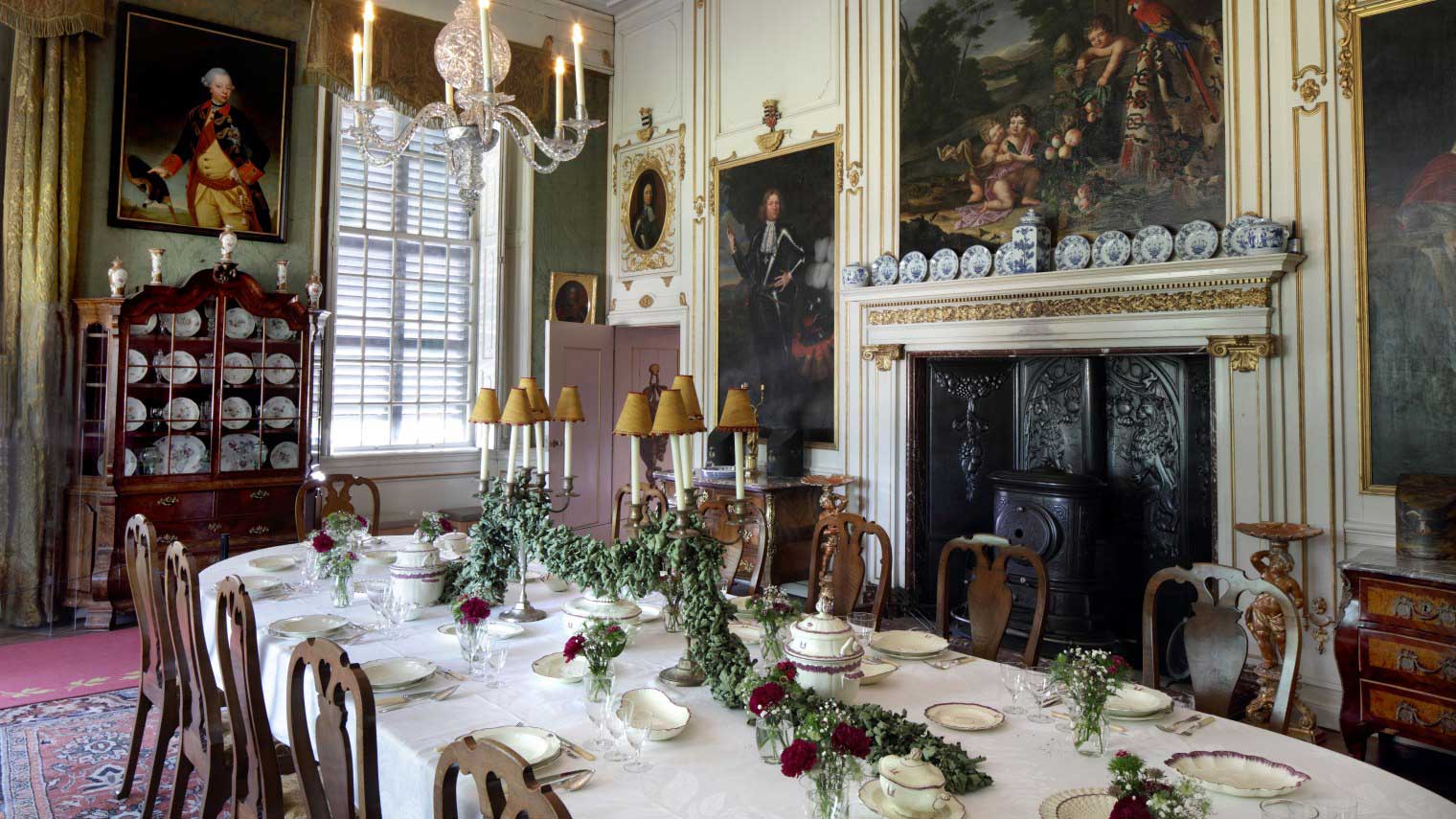 Godard Adriaan van Reede (1621-1691) was internationally known as a prominent representative of the Netherlands. Godard Adriaan held a key-position in the insurrection against the French supremacy. As a retribution the house was burnt down by the French in 1673, but rebuilt in the popular Dutch-classical style by his wife Margaretha Turnor. The house was completed in 1680. After Godard Adriaan van Reede died in 1691, his son Godard van Reede-Ginckel succeeded him as lord of Amerongen. He married Philipotta van Raesfeld, heiress of Middachten Castle. Godard van Ginckel was one of the confidants of Stadtholder William III. He was successful in the Prince’s army and won important victories in Ireland, earning the title Earl of Athlone.
Godard Adriaan van Reede (1621-1691) was internationally known as a prominent representative of the Netherlands. Godard Adriaan held a key-position in the insurrection against the French supremacy. As a retribution the house was burnt down by the French in 1673, but rebuilt in the popular Dutch-classical style by his wife Margaretha Turnor. The house was completed in 1680. After Godard Adriaan van Reede died in 1691, his son Godard van Reede-Ginckel succeeded him as lord of Amerongen. He married Philipotta van Raesfeld, heiress of Middachten Castle. Godard van Ginckel was one of the confidants of Stadtholder William III. He was successful in the Prince’s army and won important victories in Ireland, earning the title Earl of Athlone.
At the beginning of the eighteenth century, the castle was decorated in accordance with contemporary taste by Henriëtte Countess van Nassau Zuylestein. She adorned the castle with beautiful furniture and filled the cupboards with porcelain, silver and damask. When the French army invaded the Netherlands in 1795, the Orange-minded Van Reede family left for England together with Stadholder William V. The departure of the van Reede family to England marked a long absence of owners for Amerongen Castle.
The castle was only inhabited again at the end of the nineteenth century when the Van Reede family passed ownership to the Van Aldenburg Bentinck family. With attention and passion for the authentic character, Graaf van Aldenburg Bentinck had the castle adapted to the requirements of his time. Architect Pierre Cuypers was commissioned around 1900 to adapt and embellish a number of rooms. In 1977 his grandchildren gave the castle to the Amerongen Castle Foundation, which aims to maintain the castle and open it to the public.
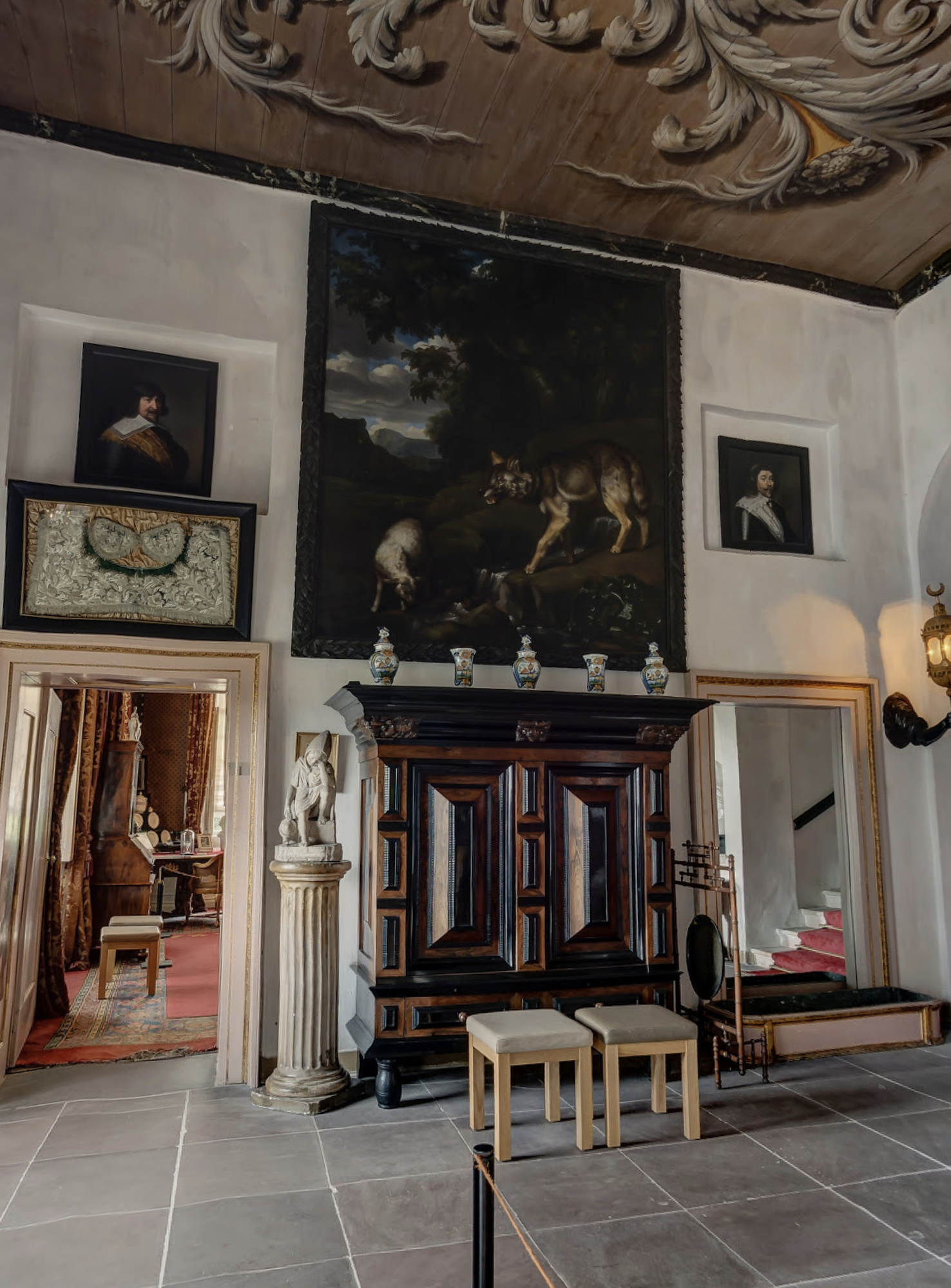 Amerongen Castle is still furnished as the residents left it in 1977, which had remained unchanged since at least 1940. The historic interior of Amerongen Castle provides an accurate impression of life for a twentieth century noble family. The oldest pieces in the collection date from the period of the Van Reede family from the sixteenth to the nineteenth century. In the twentieth century, the Van Aldenburg Bentinck family enriched the collection with many pieces of furniture, portraits, musical instruments and other objects, including ceramics.
Amerongen Castle is still furnished as the residents left it in 1977, which had remained unchanged since at least 1940. The historic interior of Amerongen Castle provides an accurate impression of life for a twentieth century noble family. The oldest pieces in the collection date from the period of the Van Reede family from the sixteenth to the nineteenth century. In the twentieth century, the Van Aldenburg Bentinck family enriched the collection with many pieces of furniture, portraits, musical instruments and other objects, including ceramics.
The ceramics collection mainly consists of seventeenth and eighteenth-century objects and is subdivided into Asian porcelain and European porcelain and earthenware, including Dutch Delftware. The castle houses three Delftware garnitures, for example a polychrome set of five vases in the Hallway. Comprising three baluster-shaped vases and two beaker vases, the body is painted with a pipe smoking man in a landscape, and the covers are surmounted with a pecking bird. The other two garniture sets are shown in the King’s chamber and the Library. Other Delftware objects are shown in the library, such as a plate with a portrait of Stadtholder William V, from the end of the eighteenth century. These types of objects were produced as (political) propaganda when William V was expelled from Holland by the patriots in 1785, only to return a couple years later with the help of Austrian troops.
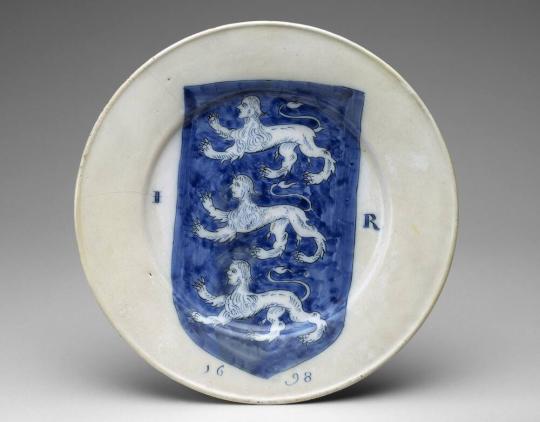

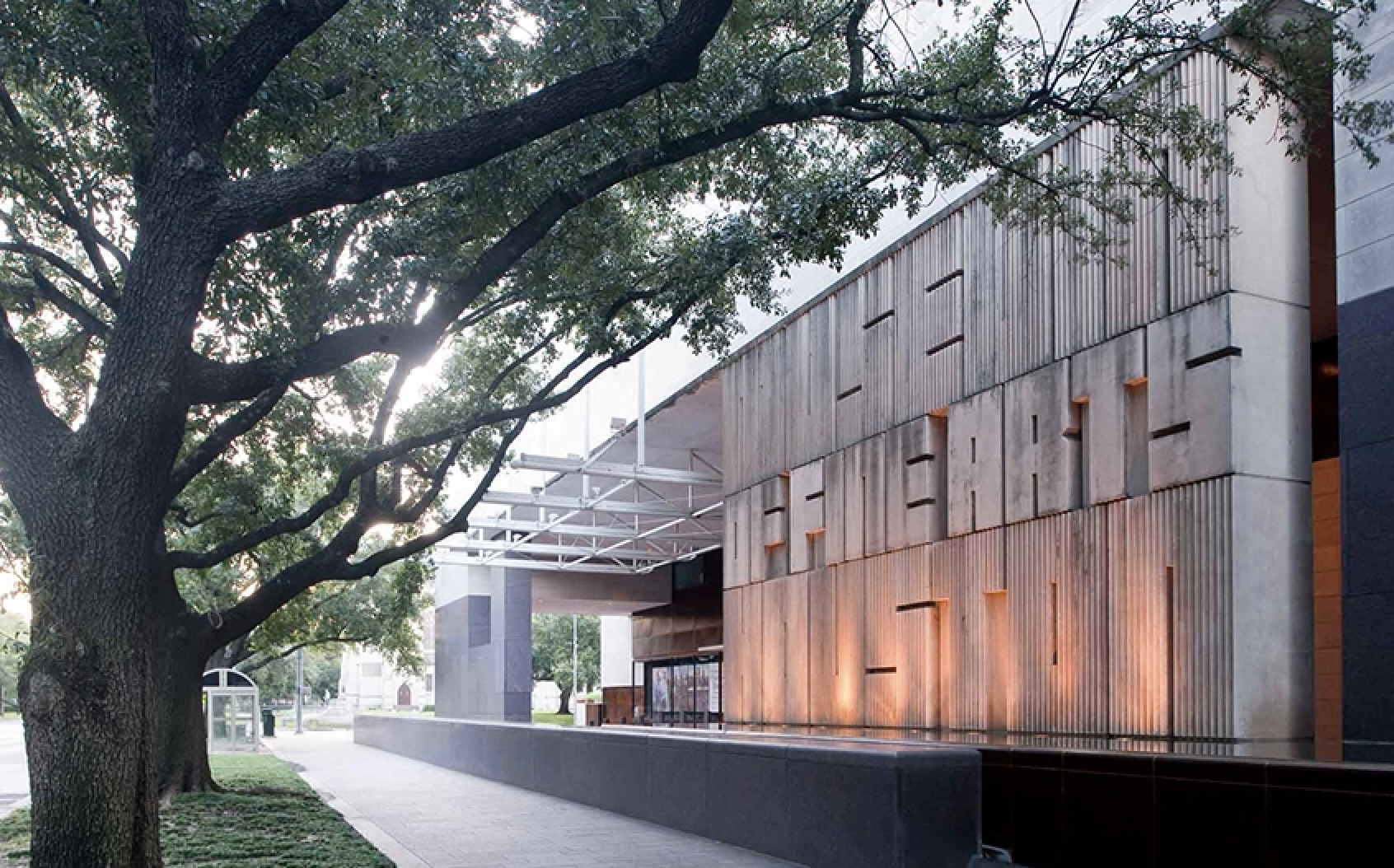
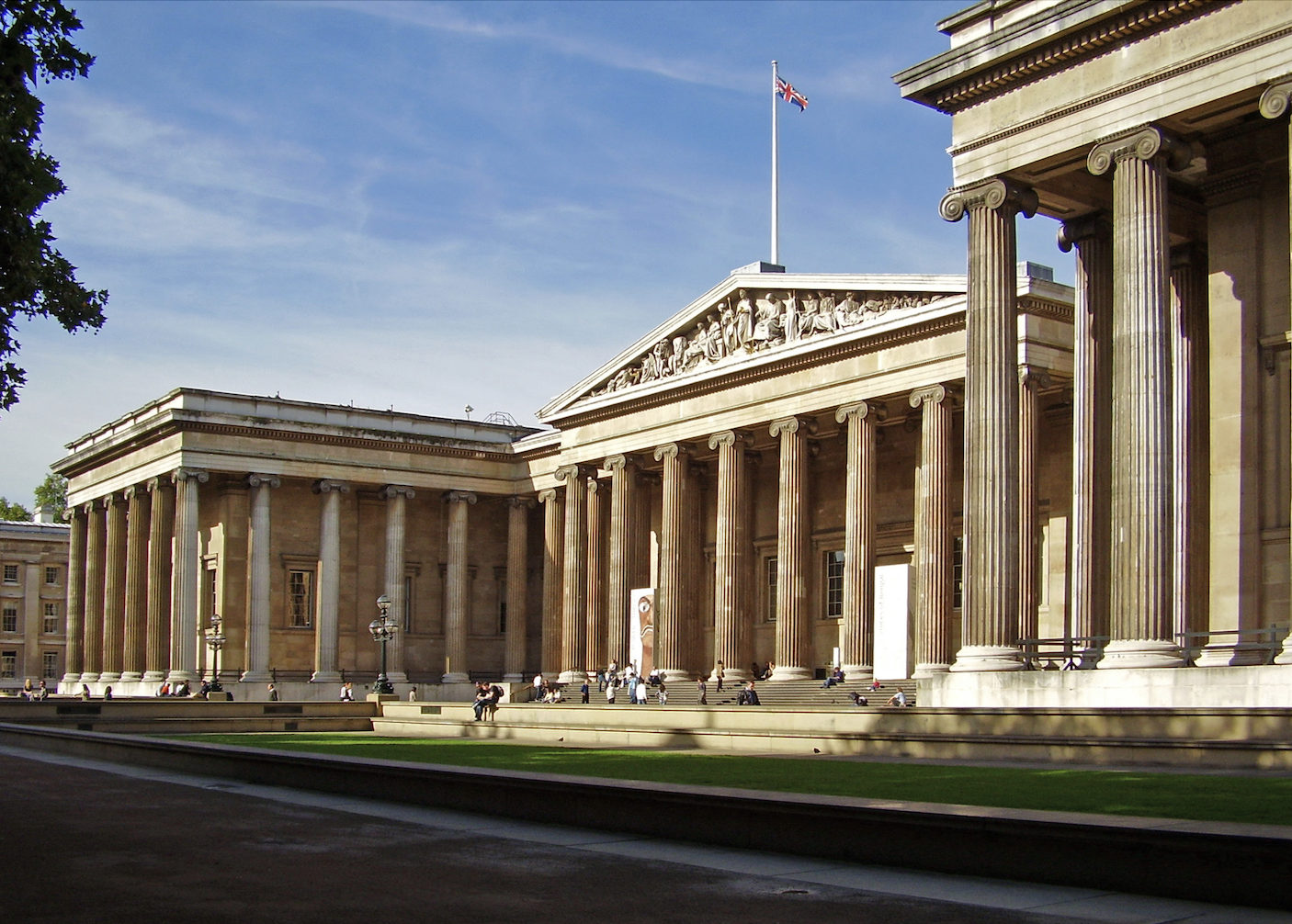
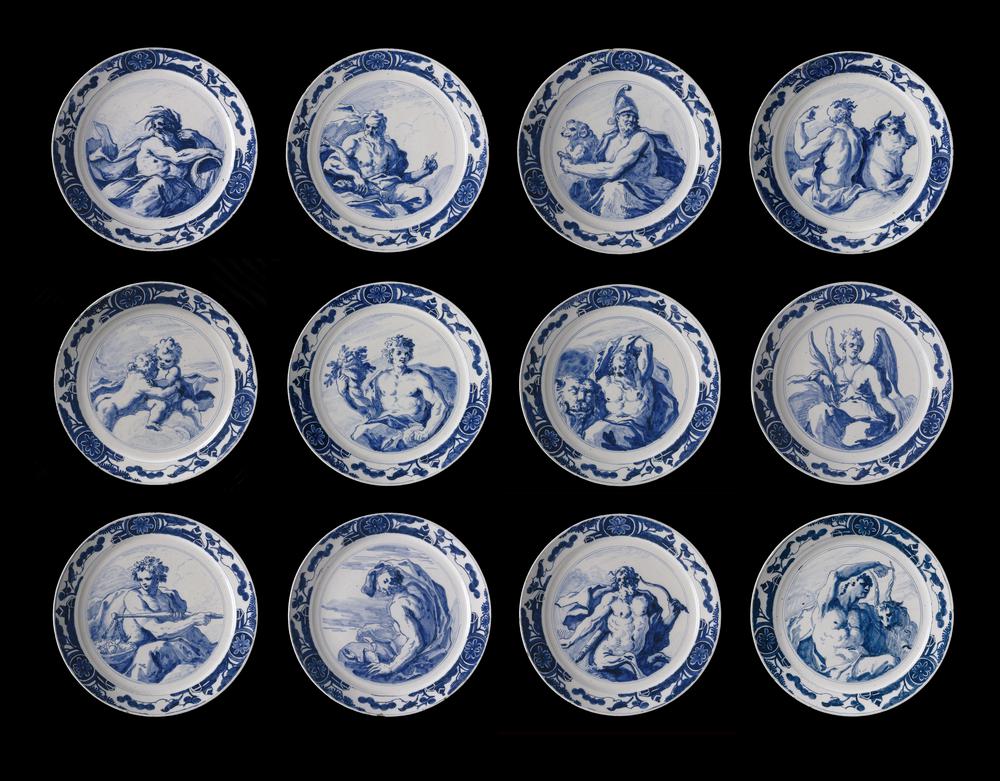
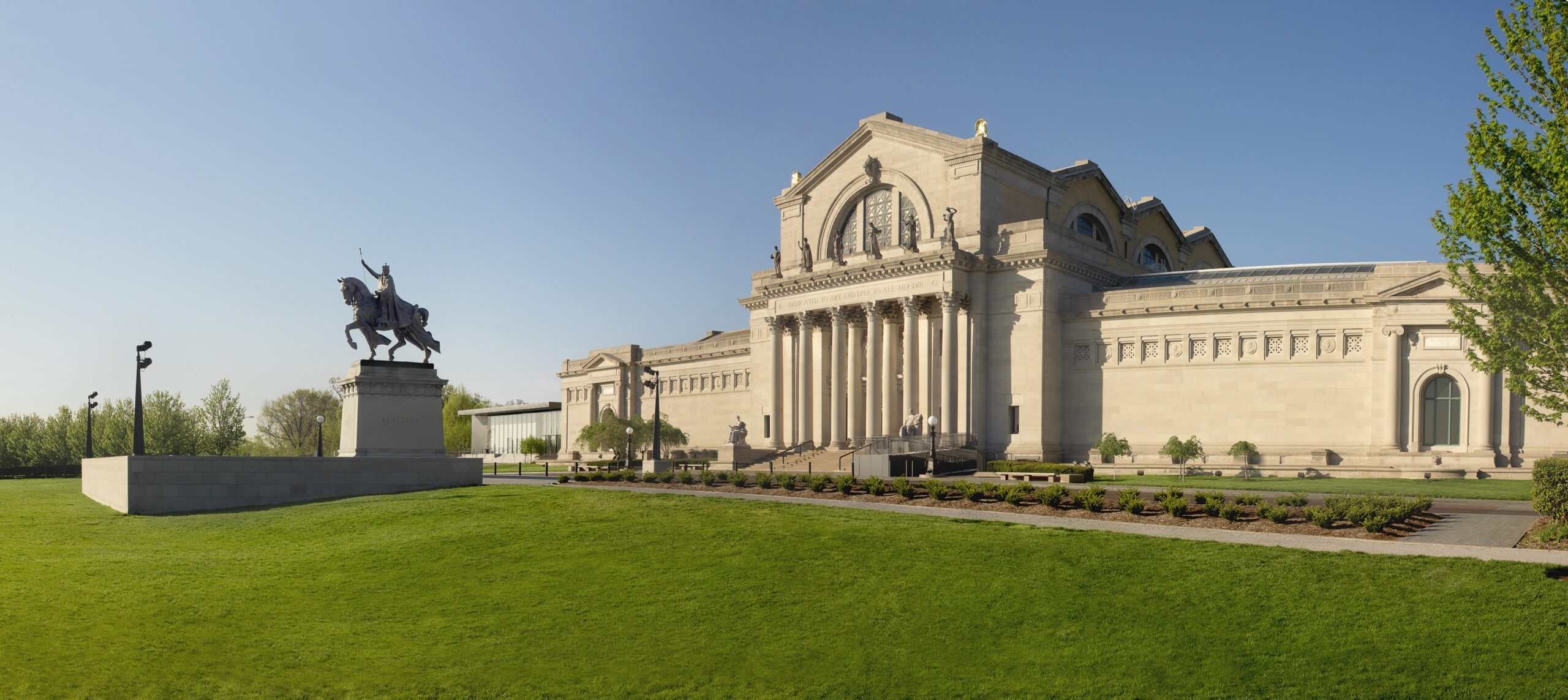
 The wide range of arts in the museum collection goes back to antiquity and also represents the present. The collection includes modern art by European Masters as Gauguin and Picasso as well as twentieth-century German paintings. The museum collection goes beyond European art; it also contains finely handwoven Turkish Rugs and an Egyptian Mummy.
The wide range of arts in the museum collection goes back to antiquity and also represents the present. The collection includes modern art by European Masters as Gauguin and Picasso as well as twentieth-century German paintings. The museum collection goes beyond European art; it also contains finely handwoven Turkish Rugs and an Egyptian Mummy.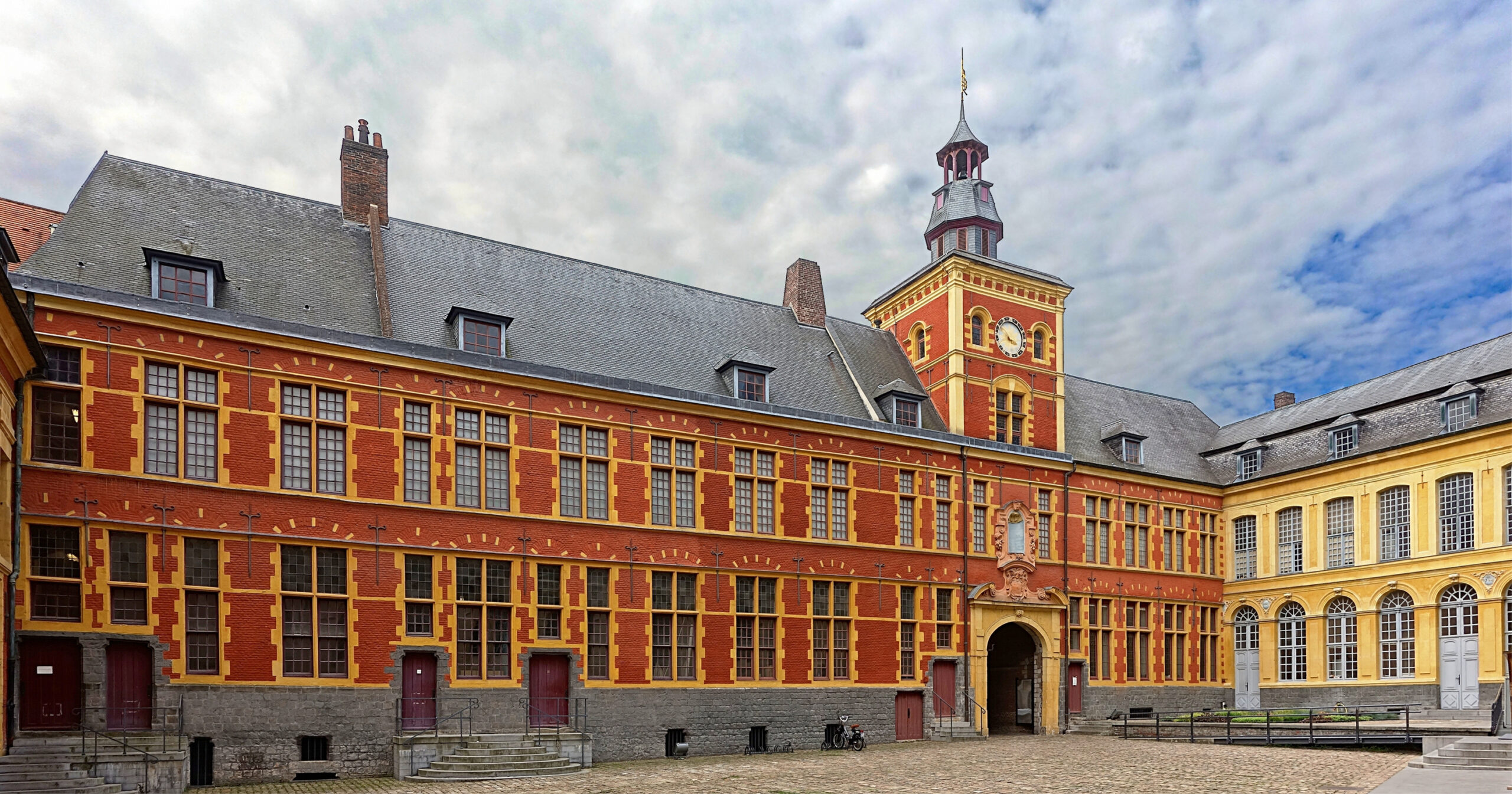
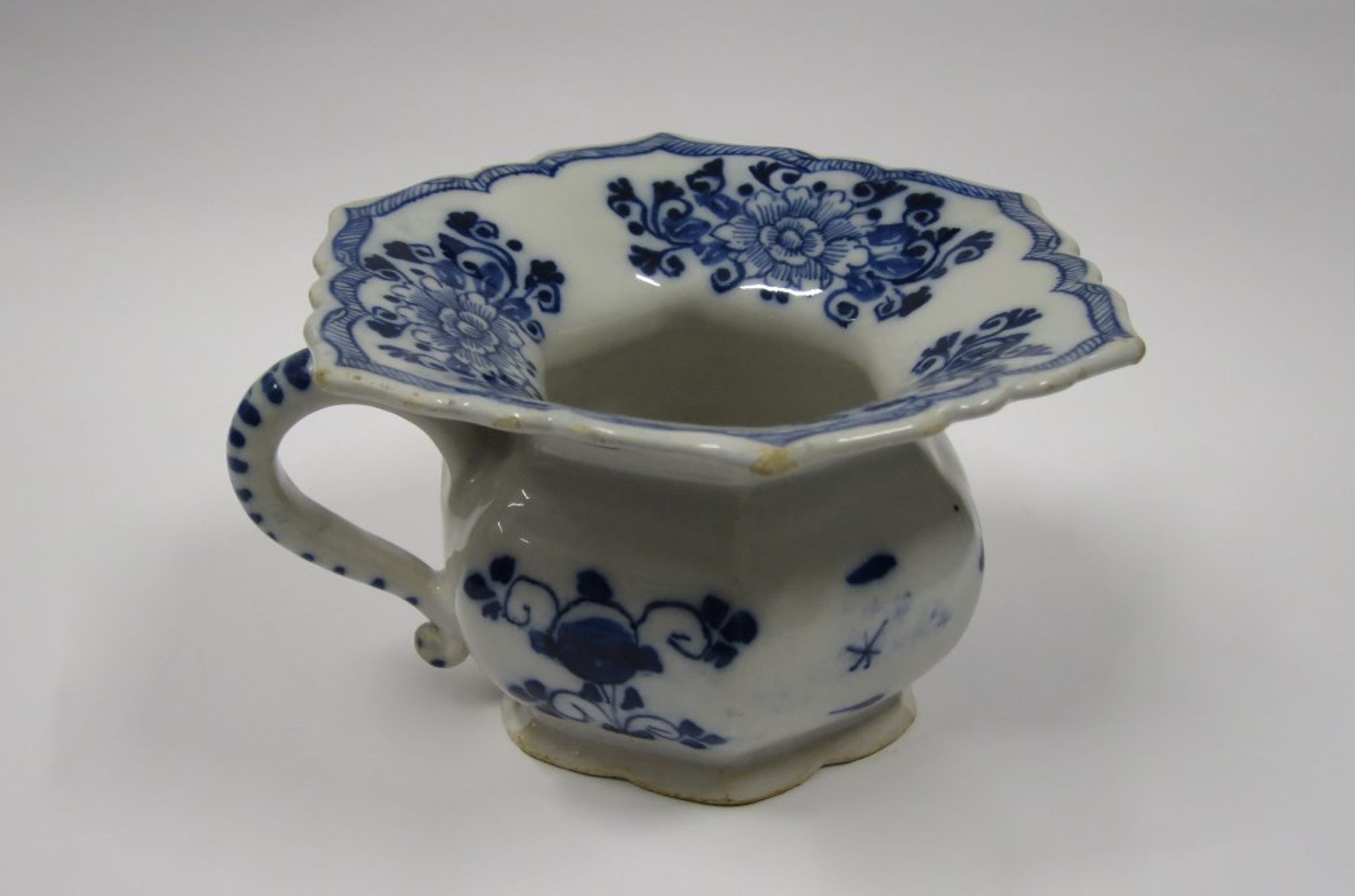 After the French Revolution, the buildings of the Hospice Comtesse were used to house orphans such as “Les Bleuets” and elderly invalid, “Les Vieux-Hommes.” It was in 1940 that the hospital and assistance vocation of the Hospice Comtesse came to an end. By 1923, the buildings of the Hospice Comtesse were classified as Historic Monuments, and a museum of regional history and ethnography was created in the 1950s by the municipality.
After the French Revolution, the buildings of the Hospice Comtesse were used to house orphans such as “Les Bleuets” and elderly invalid, “Les Vieux-Hommes.” It was in 1940 that the hospital and assistance vocation of the Hospice Comtesse came to an end. By 1923, the buildings of the Hospice Comtesse were classified as Historic Monuments, and a museum of regional history and ethnography was created in the 1950s by the municipality.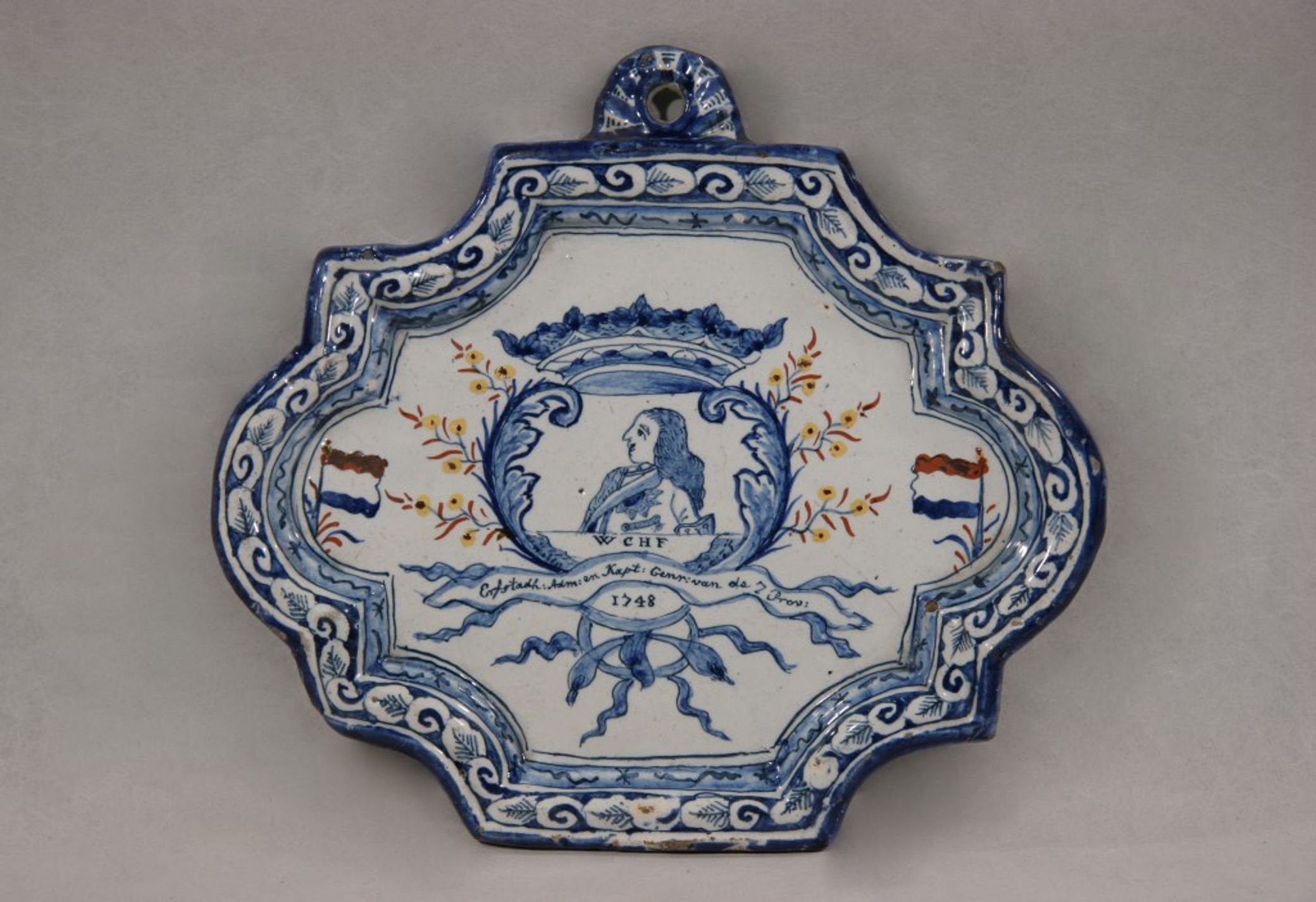 The ceramic collection covers a period from the thirteenth to the twentieth century. The oldest pieces come from archaeological digs in the region. The collection is made up of glazed earthenware pieces, utilitarian and decorative, beautiful earthenware from different production centers, religious-themed ceramics and earthenware tiles from houses in Old Lille. Delftware forms a small part of this collection. One example is a plaque from 1748 and a cuspidor from the eighteenth century.
The ceramic collection covers a period from the thirteenth to the twentieth century. The oldest pieces come from archaeological digs in the region. The collection is made up of glazed earthenware pieces, utilitarian and decorative, beautiful earthenware from different production centers, religious-themed ceramics and earthenware tiles from houses in Old Lille. Delftware forms a small part of this collection. One example is a plaque from 1748 and a cuspidor from the eighteenth century.